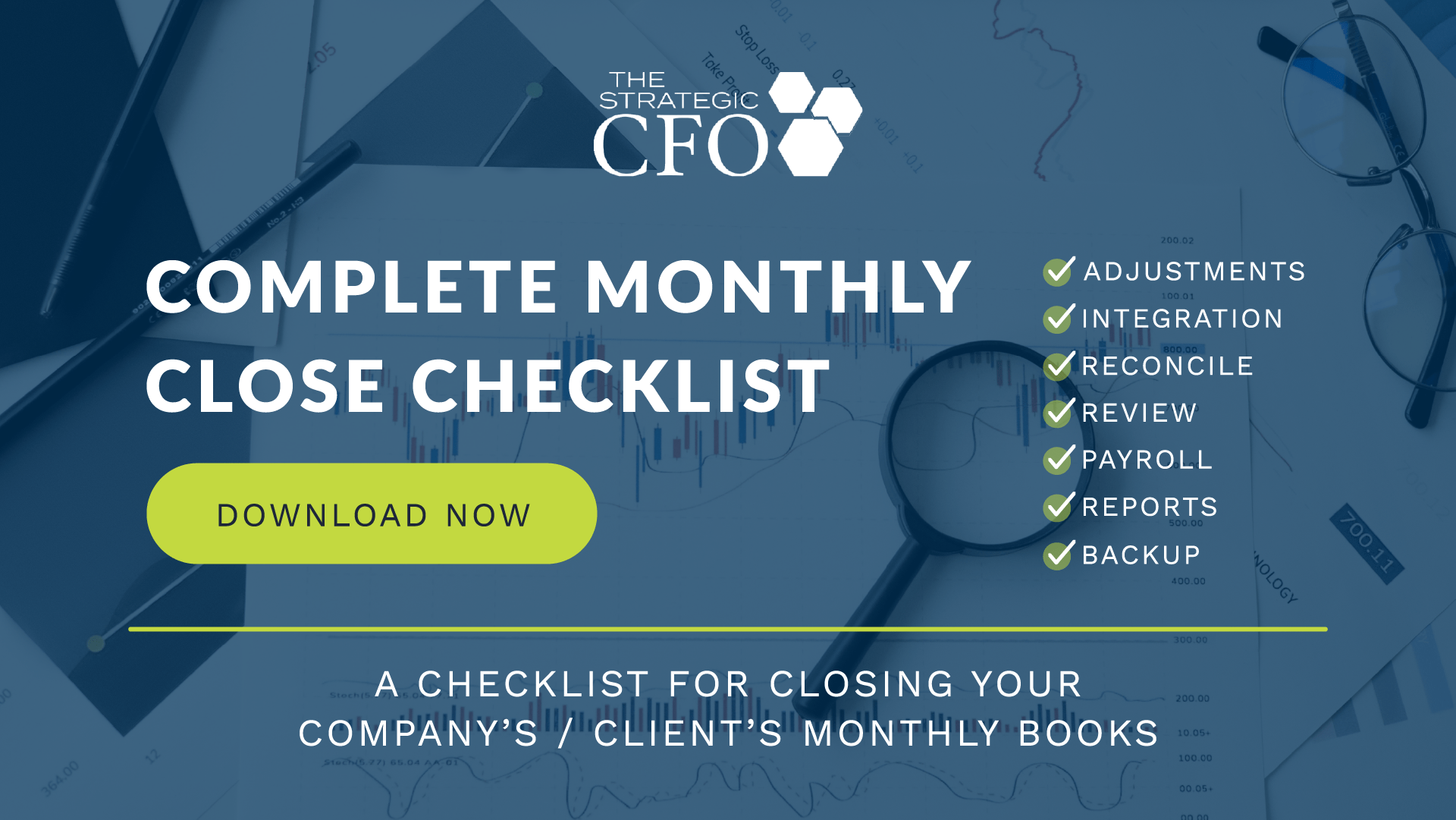See Also:
Generally Accepted Accounting Principles
Financial Accounting Standards Board
International Financial Reporting Standards
Depreciation
Financial Assets
Accounting Asset Definition
In accounting, an asset has two criteria: a company must own or control it, and it must be expected to generate future benefit for that company.
Assets on Balance Sheet
A company records the value of its assets on the balance sheet. Assets can be classified as current assets or as non-current assets.
Expect to use up or convert current assets, such as accounts receivable and inventory, to cash within one year or one operating cycle.
Non-current assets, also called fixed assets, such as plants and equipment, have useful lives longer than one year or one operating cycle.
Tangible – Intangible
Categorize assets as tangible or intangible. Report both types on the balance sheet.
Tangible assets are physical assets, such as land, machinery, and inventory. Depreciate the value of these assets over their useful lives.
Intangible assets are nonphysical assets, such as brand name, intellectual property, and goodwill. Certain intangible assets, such as goodwill, are amortized over their lifespan. Intangible assets can be either definite or indefinite. Definite intangible assets have a limited lifespan. Indefinite intangible assets exist as long as the company that owns them is a going concern.
Is your closing process as efficient as it could be? Access our Complete Monthly Close Checklist to use when closing your company’s or your client’s monthly books.























